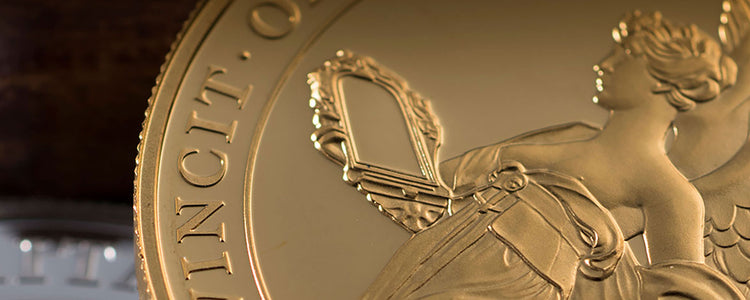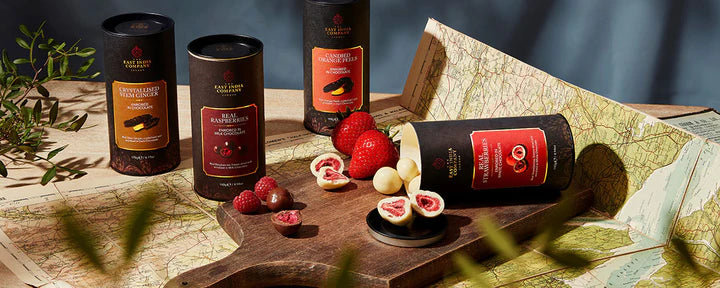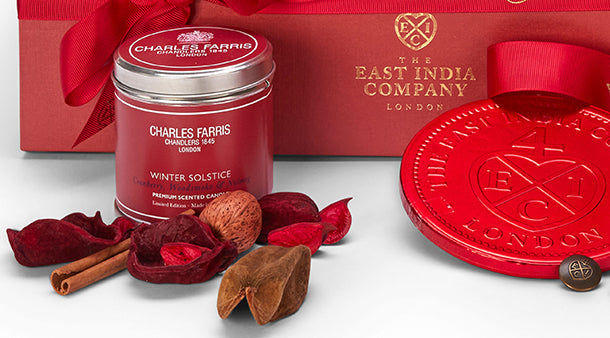There has always been a good reason to dunk a biscuit. The Romans dunked their bis-coctum [twice-baked] biscuits in wine to make them edible. Later, the pioneering sailors of The East India Company, dunked their ‘hard tack’ into beer to soften it to eat.
There's still a good reason today to dunk, but now it’s less about dentistry. Quite apart from the sheer guilty pleasure of melting the chocolate on a biscuit in your cup of tea, it's a scientific affair.
Here we doff our cap and dunk our biscuit to physicist Len Fisher. In his attempt to make physics accessible, he stumbled on something that captured public imagination back in 1998. He asked - what happens when you dunk a biscuit? Why might it fall apart into the cup leaving a sludgy disaster at the bottom? Why do some dunk better than others?
He noted that a biscuit can have all sorts of splendid ingredients but it's fundamentally starch glued together with sugar [not a classic marketing positioning]. In hot liquid, capillary action pulls the tea or coffee into the heart of the biscuit. The starch grains swell and soften - which is good. But the sugar which holds things together, melts and the structural integrity is lost and the biscuit will collapse - not so pleasant.
Dr Fisher used an equation to work out how long it would take for the liquid to be drawn into different biscuits. He found the optimal time for a ginger nut dunk was 3 seconds, whereas a digestive could have a more leisurely 8 seconds.
He wasn’t done: a year later, he experimented again, this time to work out what drink gave the best dunking experience. He showed that milky drinks were best, because the flavour molecules in a biscuit are most easily absorbed into the little fat droplets in milk. Because these fat droplets hang around in your mouth, the flavour molecules sit on the tongue for longer and crucially are released to the nose, the home of the majority of our smell receptors.
So it was proven - one of our biscuits is made even better by a cup of tea with a splash of milk. Dunk on.




 Ceylon / Sri Lanka
Ceylon / Sri Lanka Assam, India
Assam, India Japan
Japan Taiwan
Taiwan Nepal
Nepal China
China Kenya
Kenya Egypt
Egypt South Africa
South Africa


